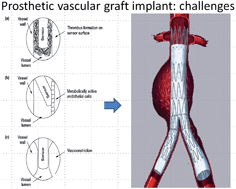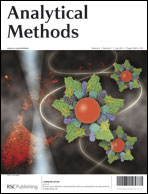Vascular graft implantation is a very common practice in clinics; however, one of the major limitations of synthetic vascular grafts is that they are prone to infection, which has drastic implications. In severe stages of infection, this requires removal of the graft, if left untreated the mortality is almost definite. Therefore, it is important to detect the graft infection early in the disease process to manage and eliminate the graft infection with appropriate drug delivery. However, current infection detection methods are time consuming, not reliable and expensive. Therefore, researchers recently geared their effort toward developing sensor/biosensor technology to detect infection. In recent years, biochemical sensors and biosensors have emerged as a dynamic technique to perform qualitative and quantitative analysis of various analytes in the clinical environment. The need for a low cost, reliable, sensitive and biocompatible sensor device is crucial in the complex biological environment. In this review, we examine the different types of vascular graft infections and the major cause of such infections associated with implantation. Routine detection methods along with their limitations are also discussed. With the growing number of vascular graft infections being diagnosed worldwide and the increased number of fatalities due to late detection, there is a need to have such a device that can ensure in vivo continuous monitoring. As point-of-care diagnostic devices present a viable option for the rapid and sensitive detection and analysis, it is another option in the early diagnosis of prosthetic vascular graft infections (PVGIs), to use a reliable and cost effective sensor. For this reason, specific biomarkers to detect graft infection along with their detection using sensor or biosensor is the main focus of this review. This review provides an overview of the in vivo implantable devices available today, areas which are currently being developed and researched for in vivo implantation and a consideration of future prospects of the technology with their challenges.


 Please wait while we load your content...
Please wait while we load your content...